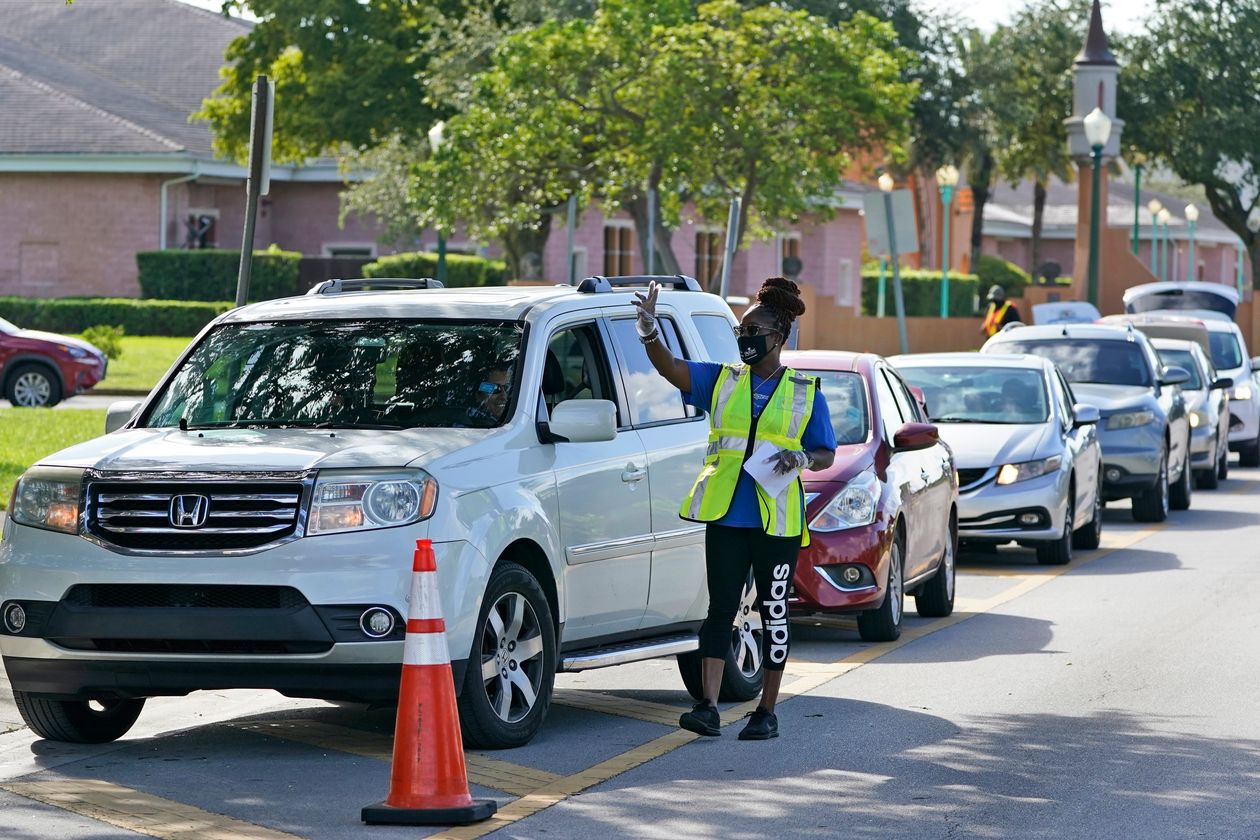By Sarah Chaney, Wall Street Journal–
U.S. unemployment claims remained elevated at 840,000 last week as the labor market flashes signs of a slowdown and more layoffs become permanent.
Weekly jobless claims are down sharply from a peak of near 7 million in March but have clocked in between 800,000 and 900,000 for more than a month. Claims remain above the pre-pandemic peak of 695,000.
The number of people collecting unemployment benefits through regular state programs, which cover most workers, fell to 11 million in the week ended Sept. 26 from 12 million the prior week, according to the Labor Department. A decline in so-called continuing claims indicates many unemployed people are returning to work.
But some of the drop in continuing claims represents individuals who have exhausted the maximum duration of payments available through regular state programs and are now collecting money through a federal program that provides an extra 13 weeks of benefits. About two million people were receiving aid through this extended-benefits program in the week ended Sept. 19, up from 1.8 million a week earlier, Labor Department data show.
“It’s more of the same, but it’s also still jaw-dropping that we have that many new claims even now as we’re six, seven months into this whole recession and recovery,” said Eliza Forsythe, an economics professor at the University of Illinois, Urbana-Champaign.
Large corporations announced job cuts last week, including American Airlines Group Inc., United Airlines Holdings Inc., and Walt Disney Co. Many of those workers will likely seek unemployment benefits in the coming weeks, but aren’t yet reflected in the most recent claims data.
The labor market and economy more broadly are flashing signs of a slowdown. Monthly job gains and job postings have cooled, and more layoffs are becoming permanent. Household income fell at the end of summer because of a drop in federal supplements to jobless benefits, and consumer spending is also growing more slowly.
Leland Lambert, age 38, of Salt Lake City, was laid off in June from his job as an operations director at a day-care center when the nonprofit exhausted federal aid through the Paycheck Protection Program, which was designed to keep workers on payrolls.
As soon as he was laid off, the Utah resident slashed spending on nonessentials like soda and Netflix and applied for jobless benefits. Mr. Lambert is collecting regular state unemployment benefits of about $550 a week while searching for a new job. But his outlook for finding work is bleak after having applied for more than 100 jobs since June in roles such as operations management and business consulting.
“There are a ton of unemployed, and the jobs just aren’t quite there yet,” Mr. Lambert said. “Especially in the upper-management side, the competition is pretty tough.”
He decided to pursue an online master’s degree program in management and leadership while continuing to seek employment. He expects it will be several more months before a job comes his way.
Millions of workers are receiving jobless benefits through a federal pandemic program for the self-employed, gig workers and others not typically eligible for unemployment aid. In the week ended Sept. 12, 11.8 million individuals were seeking benefits through this program.
Many economists are skeptical about the accuracy of the pandemic claims figures, though. The pandemic unemployment program has been subject to fraud, as it is more difficult for state labor departments to verify incomes of self-employed people and gig workers than regular employees, Ms. Forsythe at the University of Illinois, Urbana-Champaign noted.
Congress also passed legislation this spring authorizing federal funding for an additional $600 in unemployment benefits. After those benefits expired, President Trump signed an executive order in August to replace them with an additional $300. States were authorized to tap $44 billion in disaster-relief funds to pay up to six weeks of benefits from the week ended Aug. 1.
On Tuesday, Mr. Trump halted negotiations with Democrats on a larger coronavirus relief package until after the election, reducing the likelihood of further federal unemployment aid in the near term.


Leave A Comment
You must be logged in to post a comment.